|
|
 |
 |
Montenegro
†
Kotor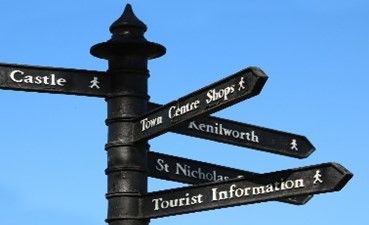 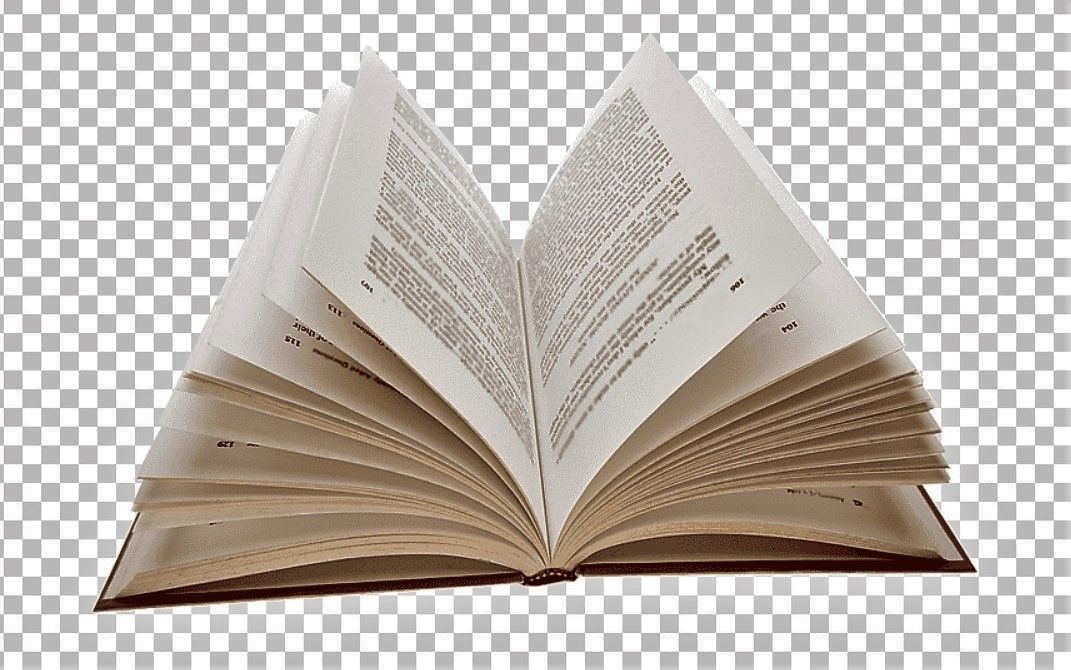
†
Castle of San Giovanni & Kotor Fortifications
†
 Perched on the mountain above the City of Kotor the Castle of San Giovanni or St. John, occupies a location that has been fortified in some form since antiquity. In the 6th century, the fortress was reconstructed by the Byzantine emperor Justinian I. In 1420 the area - which was at that time the independent Republic of Cattaro - came under Venetian rule, this resulted in the fortifications being extended to take on their current form as it was the Venetians who constructed most of the present structures and so provided a good example of defensive Venetian military architecture. READ MORE Perched on the mountain above the City of Kotor the Castle of San Giovanni or St. John, occupies a location that has been fortified in some form since antiquity. In the 6th century, the fortress was reconstructed by the Byzantine emperor Justinian I. In 1420 the area - which was at that time the independent Republic of Cattaro - came under Venetian rule, this resulted in the fortifications being extended to take on their current form as it was the Venetians who constructed most of the present structures and so provided a good example of defensive Venetian military architecture. READ MORE
†
St Tryphon Cathedral
†

Located in the centre of the old town of Kotor, Saint Tryphon Cathedral is built on the site of a church consecrated in 809 to hold the relics of Saint Tryphon. In 1124 Kotorís town council approved funds to build a new cathedral and this was completed and consecrated in 1166, although it has been destroyed due to earthquakes and rebuilt on several occasions. READ MORE
†
Church of St Clara
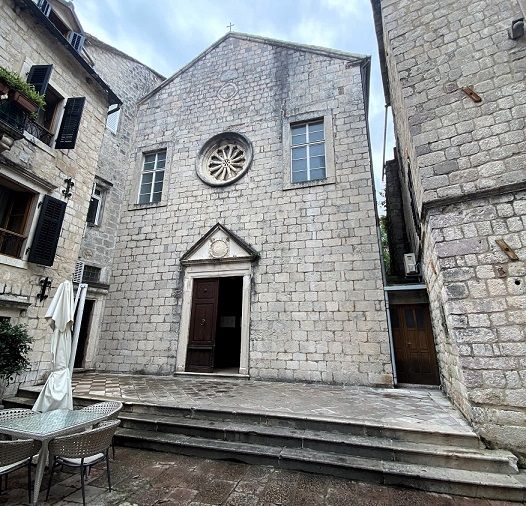 The church of Saint Clara was built in the 17th century on the site of a former Monastery dating back to 1362. The plain exterior hides a beautiful interior containing a number of altars and the monumental Baroque altar sculptured in marble in 1708. READ MORE
The church of Saint Clara was built in the 17th century on the site of a former Monastery dating back to 1362. The plain exterior hides a beautiful interior containing a number of altars and the monumental Baroque altar sculptured in marble in 1708. READ MORE
†
Church of St Nicholas
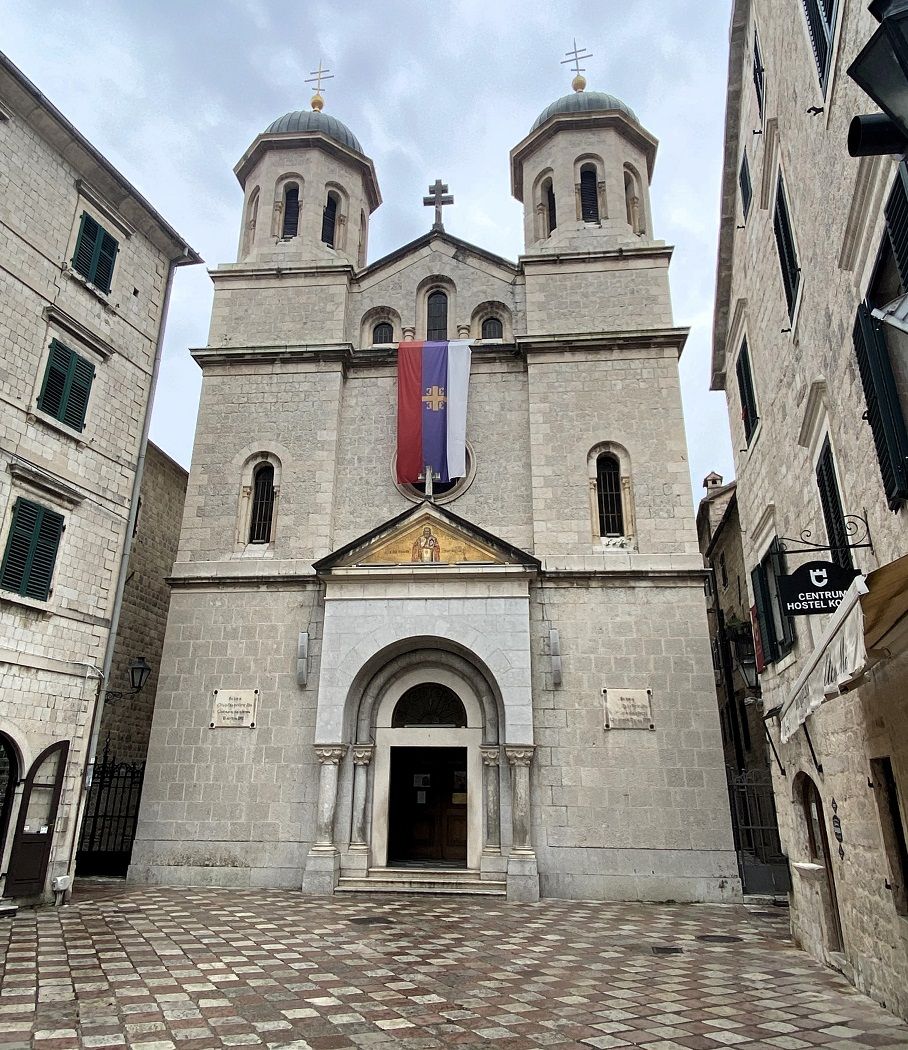
†
Built in pseudo-Byzantine style between 1902 to 1909 to replace a previous church on the site destroyed by fire in 1896. The Church of St. Nicholas contains a selection of art, icons, pieces of silver, and a striking iconostasis. READ MORE
†
St. Luke's Church
†
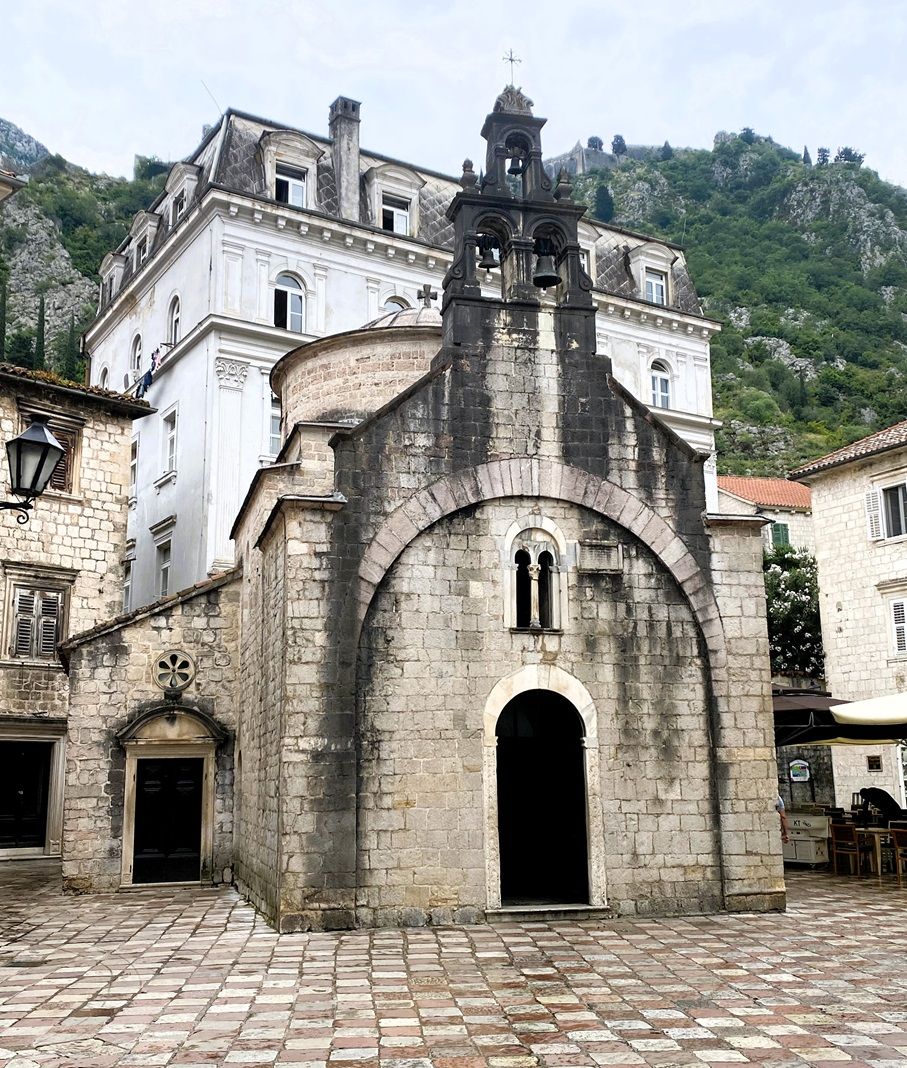
Constructed in 1195 as a Catholic Church, St. Luke's Church incorporates Romanesque, Byzantine, and Slavic elements in its architecture. From 1657 to 1812, it housed both Catholic and Orthodox faiths before being given to the Orthodox church. It is the only building in the town that did not suffer any major damage in any of the numerous earthquakes that the town has been subject to. READ MORE
†
|
 |
| |
 |
|




